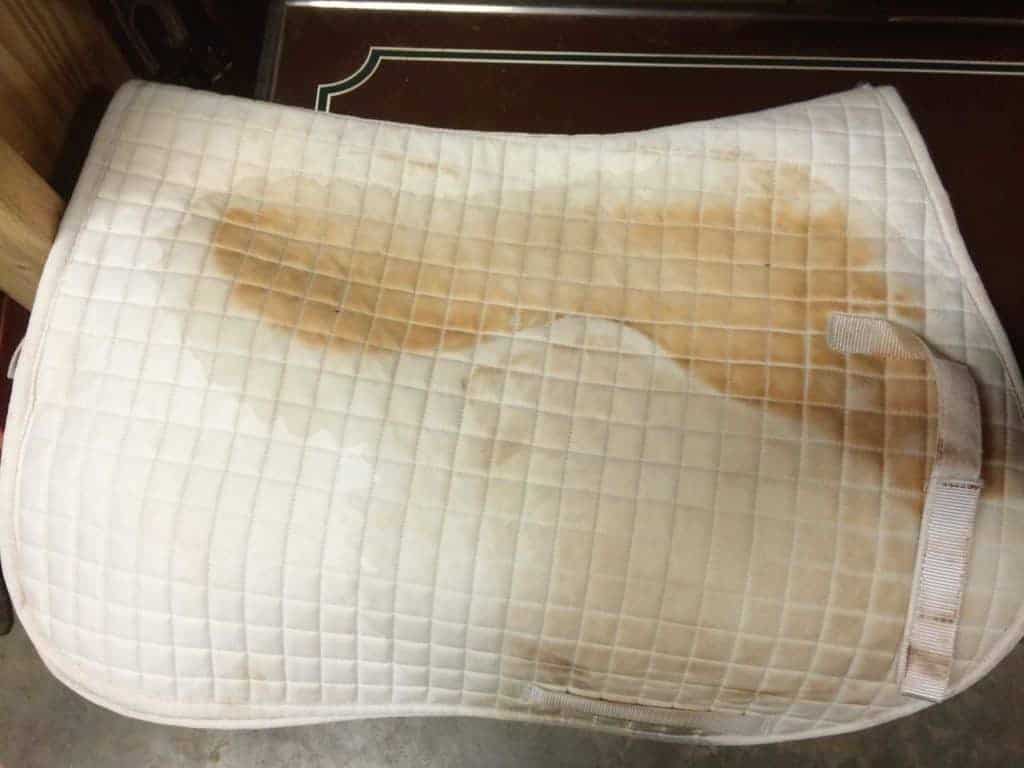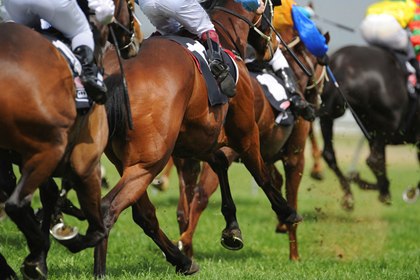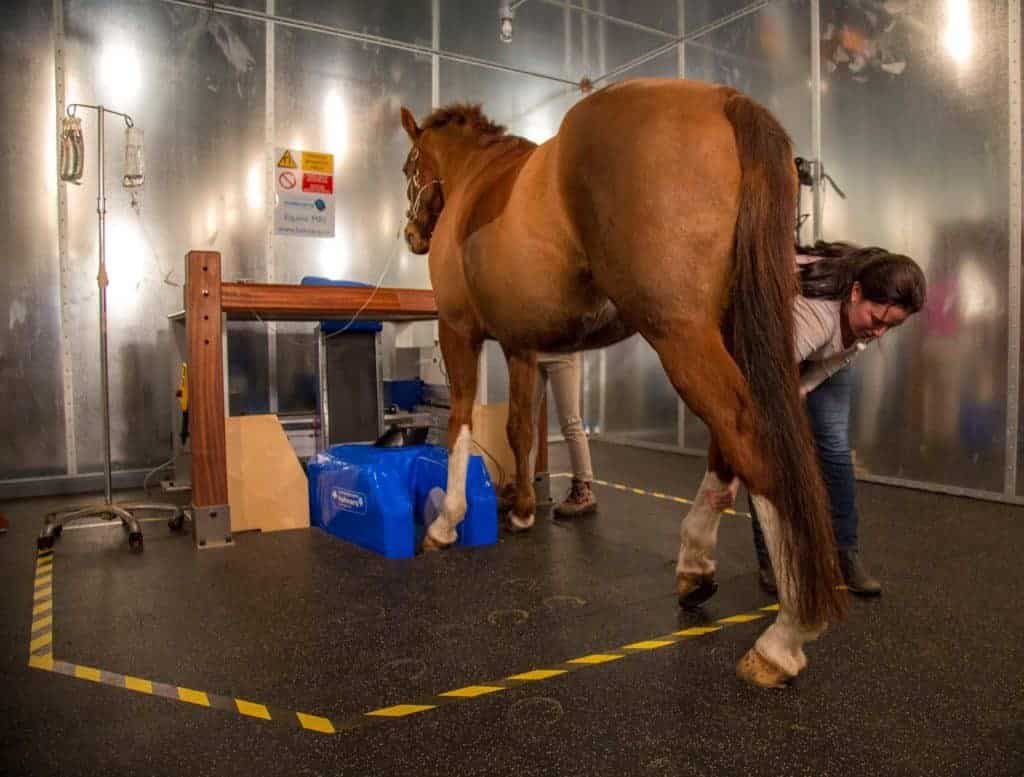
Yes, Your Horse is Neurologic (Or No, He Isn’t)
Equine veterinarians confirm motion capture could be useful for objective measurements of ataxia, or incoordination.

Equine veterinarians confirm motion capture could be useful for objective measurements of ataxia, or incoordination.

Dr. Brian MacNamara has special interests in lameness and the causes of poor performance in the equine athlete.

Horses could be more sustainable athletes if riders condition them better and monitor their health and fitness often.

While Western saddles had uneven pressure distribution, study horses showed no signs of saddle-related discomfort.

The new MRI replaces a previous system at New Bolton Center, installed in 2005 and used until recently.

Watch for these telltale signs of poor saddle fit in your horse’s body, behavior, and movement.
The symposium featured research on equine nutrition, exercise physiology, reproduction, management, and more.

From excessive dirt accumulation to dry spots, here’s what the sweat patterns under your saddle are really telling you.

The racehorse welfare and safety summit also covered racetrack surfaces, continuing education, and more.

The event is designed to help vets assess, diagnose, and treat a range of performance-limiting diseases and conditions.

Dr. Stephanie Valberg assumes her position at the Michigan State University College of Veterinary Medicine on Nov. 1.
The MRI unit adds to the school’s imaging modalities, including a CT, radiography, nuclear scintigraphy, and more.

This potentially deadly condition affects grazing horses. Learn about its clinical signs, treatments, and prognosis.

Zhu’s research focused on evaluating intra-articular glucocorticoid therapies for equine osteoarthritis.

What can happen if a horse overdoses on Previcox? A veterinarian shares his insight.

Cornell Ruffian Equine Specialists hopes to use the state-of-the-art imaging system to help assess lameness.
Stay on top of the most recent Horse Health news with
"*" indicates required fields